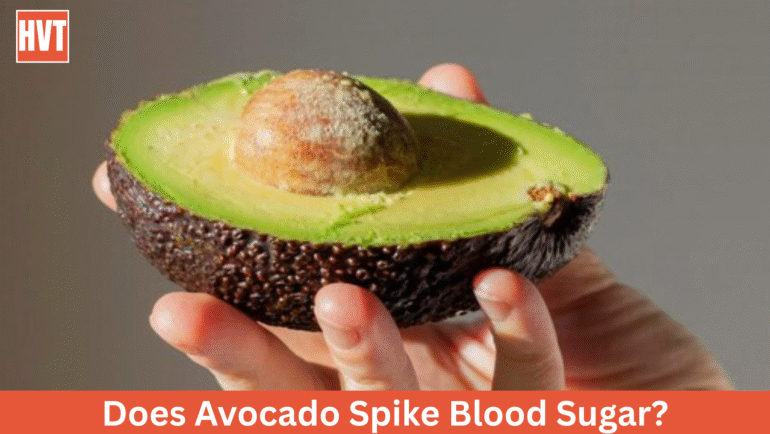
MULBERRY: Longevity Fruit for Brain, Blood & Gut Health in 2025
Small, juicy, and often overlooked, Mulberries are power-packed fruits that deserve more attention.
Known for their vibrant color and sweet-tart flavor, they’re not only delicious but also incredibly nutritious.
Rich in vitamin C, iron, and antioxidants, mulberries support immunity, boost energy, and protect against oxidative stress.
Whether you enjoy them fresh or dried, these berries are a simple yet effective way to add more nutrients to your daily diet.
What is Mulberry?
Mulberries are the fruits of the Morus tree[1], which belongs to the same botanical family as figs.
Native to China and spread worldwide along the Silk Road, mulberries have been enjoyed for centuries.
They come in different varieties—white, red, and black—with black mulberries being the sweetest and most nutritious.
A fascinating cultural fact: Mulberry leaves were the exclusive food source for silkworms, making them central to the ancient silk trade in Asia.
In fact, the silk industry wouldn’t exist without mulberries!
Today, they’re grown in many warm temperate regions, including India, Turkey, and the Mediterranean.

What Does Mulberry Taste Like?
Mulberries have a flavor profile similar to blackberries, though slightly less tart and more honey-like when fully ripe.
They’re juicy and soft, with a delicate skin that can stain fingers and clothes. Some describe them as a cross between grapes and figs, thanks to their natural sweetness and earthy undertones.
When dried, they take on a chewy, raisin-like texture with intensified sweetness.
Mulberry Nutrition Facts
Here’s the nutritional profile of 100 grams of fresh mulberries from USDA[2] data:
| Nutrient | Amount |
|---|---|
| Calories | 43 kcal |
| Carbohydrates | 9.8 g |
| Fiber | 1.7 g |
| Protein | 1.4 g |
| Fat | 0.4 g |
| Vitamin C | 36.4 mg (61% DV) |
| Iron | 1.9 mg (10% DV) |
| Calcium | 39 mg |
| Potassium | 194 mg |
Key nutrients to note:
- Vitamin C strengthens your immune system and supports skin health.
- Iron helps in preventing anemia by aiding red blood cell production.
- Potassium supports heart health by regulating blood pressure.
Health Benefits of Mulberry
1. Boosts Immunity: High vitamin C content strengthens your immune defense, protecting against infections and seasonal illnesses (Source: NIH)[4].
2. Improves Blood Health: Mulberries are rich in iron, essential for producing hemoglobin and reducing the risk of anemia, especially in women (Source: PubMed)[3].
3. Supports Heart Health: Potassium and antioxidants help lower blood pressure and reduce oxidative stress, which lowers the risk of cardiovascular disease.[3]
4. Regulates Blood Sugar: Compounds in mulberries, such as DNJ (1-deoxynojirimycin), may slow carbohydrate breakdown and help manage blood sugar levels.[3]
5. Aids Digestion: With natural fiber, mulberries improve bowel movements and support gut health.[3]
6. Promotes Healthy Skin: Antioxidants like resveratrol fight free radicals, keeping skin youthful and reducing signs of aging.
How to Eat Mulberries
Mulberries are versatile and easy to add to your diet:
- Fresh Snack: Rinse and eat them by the handful like any other berry.
- Smoothies: Blend with yogurt, banana, and oats for a refreshing breakfast.
- Mulberry Jam: Cook with a little honey or jaggery for a homemade spread.
- Dried Mulberries: Enjoy as a chewy, sweet alternative to raisins in trail mix.
Tip from experience: Pair mulberries with nuts for a balanced snack that combines natural sugars with protein.

How to Store Mulberries to Keep Them Fresh
- Fresh Mulberries: Store in the refrigerator and consume within 2–3 days, as they spoil quickly.
- Freezing: Spread washed mulberries on a tray, freeze, then transfer to an airtight container for long-term use (up to 6 months).
- Dried Mulberries: Keep in an airtight jar in a cool, dry place for several weeks.
Tip: Avoid washing mulberries until just before eating, as excess moisture speeds up spoilage.
Possible Side Effects or Precautions
Side Effects
- Digestive Upset: Eating too many can cause bloating or loose stools due to fiber.
- Hypoglycemia: In rare cases, mulberries may lower blood sugar too much if combined with diabetes medications.
- Allergic Reactions: Some people may experience mild itching or rashes.
Precautions
- Diabetics should monitor blood sugar closely when consuming mulberries.
- Pregnant or breastfeeding women should eat in moderation due to limited research.
- Avoid unripe mulberries—they can cause nausea and stomach discomfort.
Fruits Similar to Mulberry
- Blackberry: Closest in taste and texture, though slightly tarter.
- Blueberry: Similar antioxidant profile but less sweet.
- Raspberry: Similar look but tangier and lower in sugar.
Common FAQs About Sapodilla
1. Is mulberry good for weight loss?
Yes. Low in calories and high in fiber, mulberries promote satiety while providing essential nutrients.
2. Can diabetics eat mulberries?
Yes, in moderation. Their DNJ compound may help manage blood sugar, but portion control is key.
3. What is the best way to pick a ripe mulberry?
Look for deep purple or black berries that are plump and soft. Avoid green or underripe fruits.
4. Can you eat mulberry leaves?
Yes! Mulberry leaves are used in teas and traditional medicine for their potential blood sugar-regulating properties.
Conclusion
Mulberries are more than just a tasty fruit. They’re a powerhouse of vitamins, minerals, and antioxidants.
From supporting your immune system to protecting your heart, they offer both immediate and long-term health benefits.
Whether you enjoy them fresh, dried, or blended into a smoothie, adding mulberries to your diet is a simple way to boost overall health.
So next time you spot these colorful berries, don’t hesitate to give them a try!








